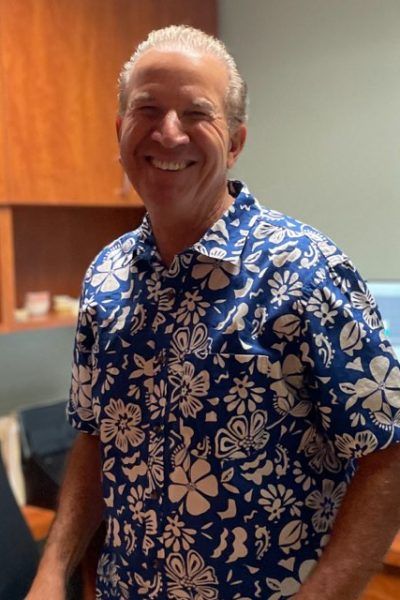The human population of the Earth is constantly increasing, and regardless of how you feel about that, there’s one solid fact that goes with it. As the population expands, so does the number of dental care products that are consumed around the globe every year. Unless we want to be buried under an immense mountain of discarded toothbrushes, mouthwash containers, and floss boxes, we have to start taking steps to be more sustainable. While dental hygiene doesn’t leap immediately to mind when thinking about environmental sustainability, the amount of waste it creates means it should
Every toothbrush that’s manufactured produces up to 3 pounds of plastic from creation to waste
Dental Hygiene: A Major Source of Plastic Waste In The Modern World
In the interest of promoting dental health for all ages, the American Dental Association (ADA) put together and distributed a set of guidelines for a good dental care routine. At the point in history that these guidelines were put together, the waste produced by dental care wasn’t clearly understood, and its impact on the environment even less so. As a result, these guidelines don’t take dental waste into account and result in the generation of a significant amount of it. Below are some examples:
- Over 50 million tons of plastic waste are generated by toothbrush disposal alone
- The average amount of floss used each year would fill a football stadium
- The amount of mouthwash used each year produces a staggering amount of plastic waste
- One and a half gallons of water is wasted for each minute you leave the faucet running
- Batteries from electric toothbrushes produce more waste than their disposable heads save
Plastic is an incredibly durable substance that can withstand many natural sources of decay. While this makes it an excellent choice for many applications, it also means that discarded plastic waste can take generations to break down. Before it disappears completely, it will degrade into microscopic particles of plastic that can get into fish, beach sand, drinking water, and much more. The world’s oceans contain two massive islands made of discarded plastic that have gathered due to the action of currents.
It can take up to four generations (eighty years) for floss to decay completely
How You Can Help Reduce The Impact Of Your Dental Routine
Ongoing research into dental care techniques has resulted in a number of surprising revelations. Among them is that using your tongue, finger, and a swish of water after every meal can be more effective than brushing twice a day. That being said, most dentists still suggest that you follow a more traditional method involving floss, toothbrush and paste, and mouthwash. You can continue to do this with a clear conscience by switching to mouthwash tablets, mulberry silk floss, and recycling your plastic toothbrush.


